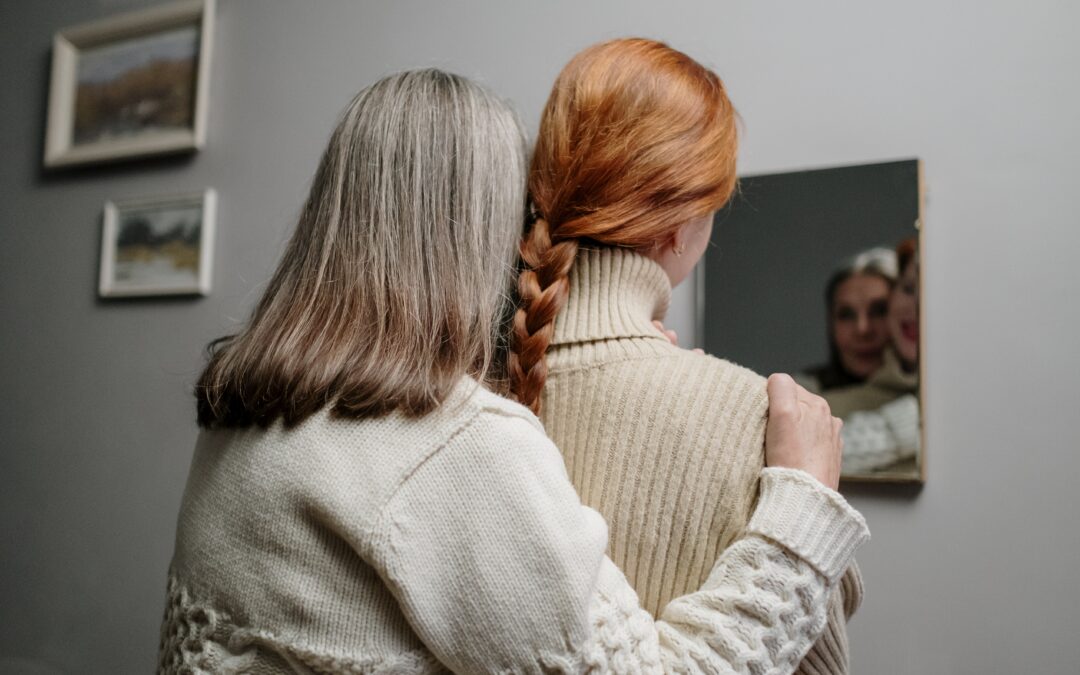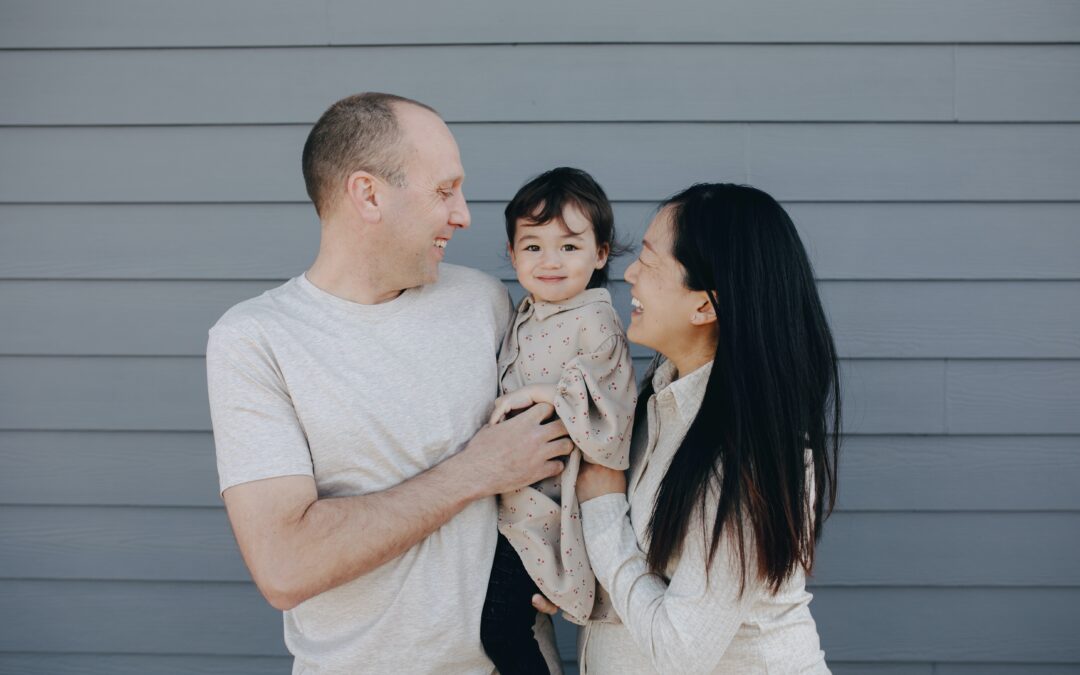The Sound of Music is one of the most beloved musicals of all time, with its memorable story, songs, characters, and stunning scenery. While the film takes many liberties, it is based on the true story of the von Trapp family and their flight from Austria during the Anschluss. The real Maria von Trapp abandoned the path to becoming a nun, though she only overcame her hesitancy to marry Captain Georg von Trapp because of his children. Maria herself was in many ways unlike the breezy, free-spirited woman suggested by Julie Andrews. She was a devout Roman Catholic matriarch, loving yet tough and uncompromising in matters of faith and family.
A Brief Family History
Georg von Trapp and Maria had long been married before they fled Austria. They had also already made extensive tours of Europe as a singing group. By the time the family of twelve had landed in the United States, they were “real refugees,” Maria writes, “possessing a total of four dollars” and knowing no English, nor relatives or friends to call upon for aid. Throughout that time and until they bought a farm in Stowe, Vermont, they found ways to integrate their family practices on the road touring. This, of course, included singing seasonal songs and hymns together, but also creating nativity figures from wire and hanging a homemade Advent wreath from the ceiling of their tour bus. When the family wasn’t touring, they would conduct a music camp on their property.
Living Life’s Feast Fully
Maria von Trapp’s most widely-read book, The Story of the Trapp Family Singers, served as the basis for The Sound of Music, but she wrote another book about their rich day-to-day family practices in Around the Year with the von Trapp Family. She describes trudging through the snows of Stowe, Vermont before midnight to attend one of three Christmas Masses, special birthday cakes, religious feast day recipes, beloved family hymns and songs. One is struck by the formidable fasts undertaken, the seemingly bygone cycle of feasting and fasting, from-scratch baking and at-home concert-making, aided by their all-encompassing adherence to the rhythms of the Roman Catholic liturgical calendar. While every day was punctuated by periods of work, play, and worship, the family observed every birthday, baptism day, patron saint day, engagement, and anniversary fully and heartily, with each member making their own particular, effortful contribution. Everyone was required to assist in the celebration of holidays religious and secular, remembering each family member in a special way. In today’s fast-paced world, where there is barely enough time to fit in the grocery shopping, how in the world did these von Trapps make time for leisure?
Long, Leisurely Evenings
In one essay from Around the Year, “As the Evenings Grow Longer,” Maria addresses the dominant challenges facing American families of the time: mass mechanization and the breathless pace of modern life, combined with the overshadowing of folk customs by the passive entertainments of mass media. She writes that “if a family plays together, sings together, and prays together – it usually stays together.” Part of what constituted the success and relative smoothness of the von Trapps’ family life was the fact of their doing things together, rather than independently, and for a transcendent purpose. ‘Harmonious’ is the word that comes to mind when reading Around the Year, and singing together is an apt metaphor for the leisurely way of life in which all members of the family seemed to participate. Each family member sings a valued part in the whole of the family, for without one, the overall composition loses some of its luminosity. It goes without saying that no family is perfect, and indeed Maria was not always so easy-going herself many days, but it is certainly true that American families are more given to the hustle-bustle of modern life than to slowing down for meals, religious observances, and time at home.
Faith and Family: The Whole Big Tree
So, you’re doing things together. You’re baking bread, playing board games, singing songs – but do these constitute a ritual or simply a fun activity? Are these practices shaped by faith, God, or transcendence? Though there are plenty of happy families who aren’t religious, the need for a shared vision and shared meanings to celebrate cannot be understated in the strengthening of family ties. The von Trapps’ Catholic faith offered them continuity despite the cataclysmic change in country, language, and circumstances they experienced. She writes, “when Hitler’s troops invaded our homeland, Austria, in 1938, my husband and I felt bound in conscience to save our children from yielding to the religion and philosophy of this neo-paganism, and this could be done only by transplanting the whole big tree.” For her, transplanting the “tree” and inoculating her family against dissolving forces meant remembering their native roots in folk customs and faith traditions which transcended their unfortunate situation. They didn’t require fancy ingredients, special gadgets, or impressive events to make the most of their time. For your family customs to become something greater than the sum of their parts, they must have a transcendent meaning to which each member of the family may cling, should earthly circumstances require adjustment, or life as-we-know-it pass away.







